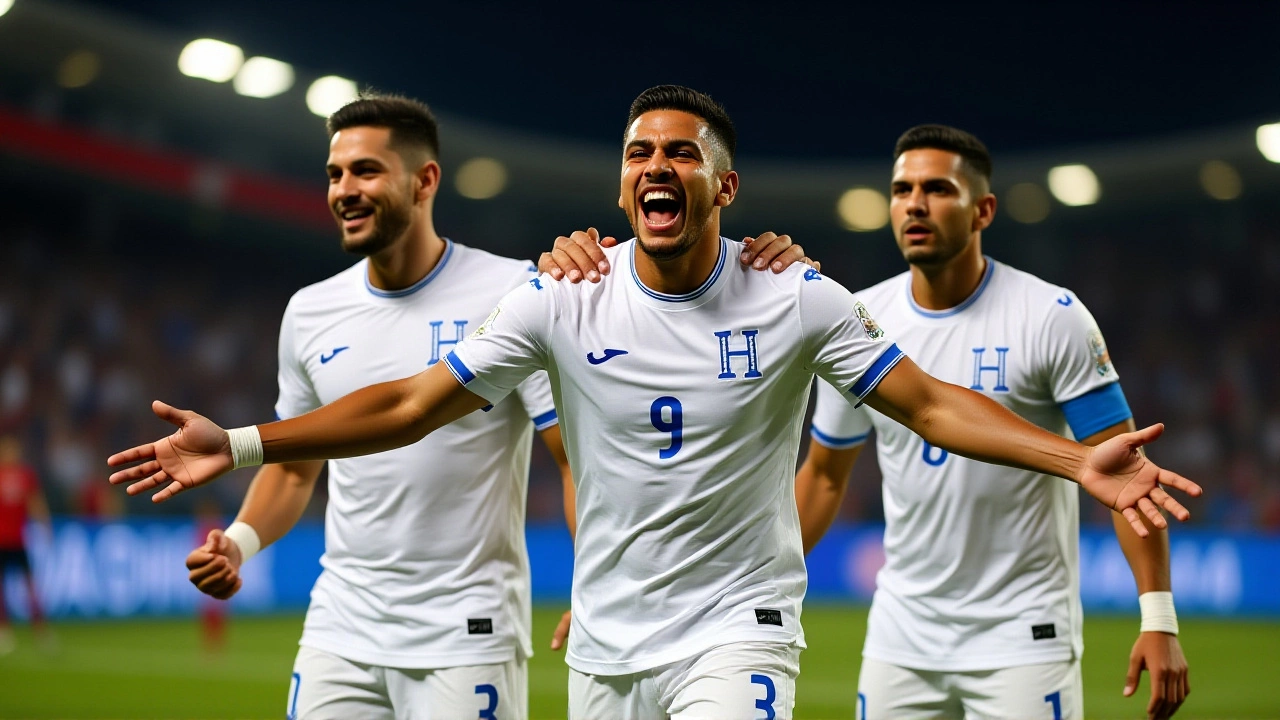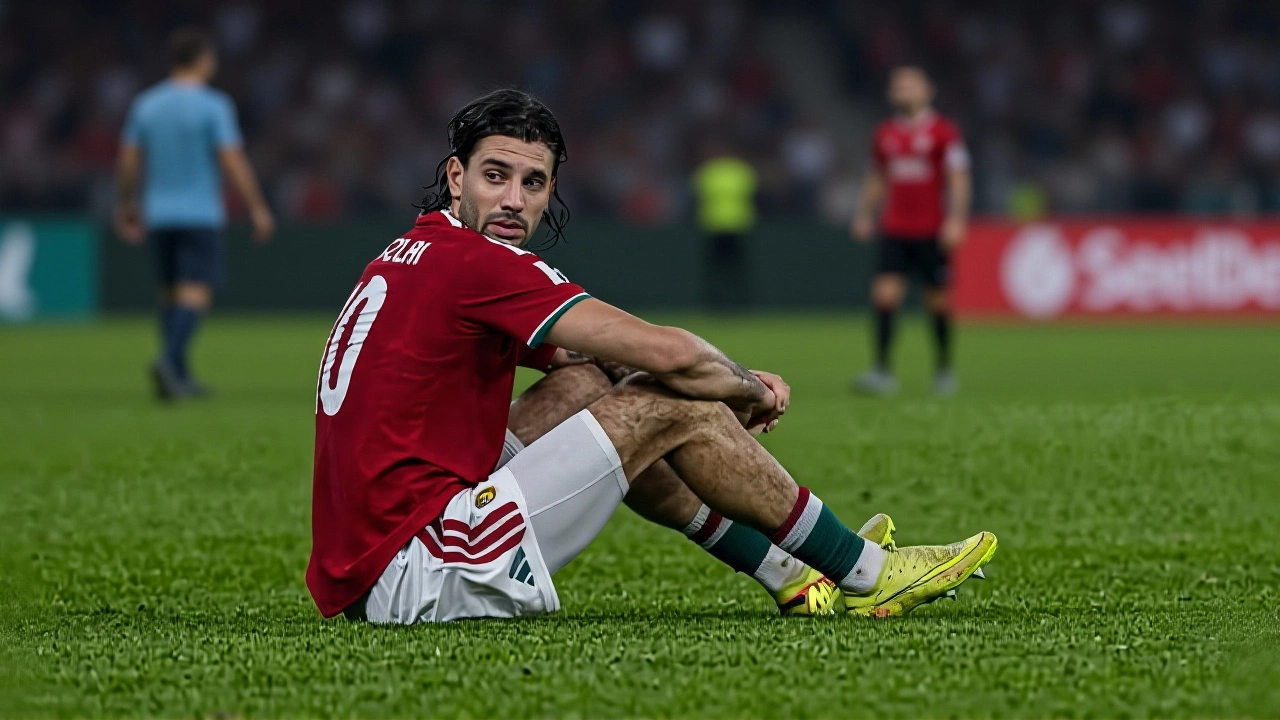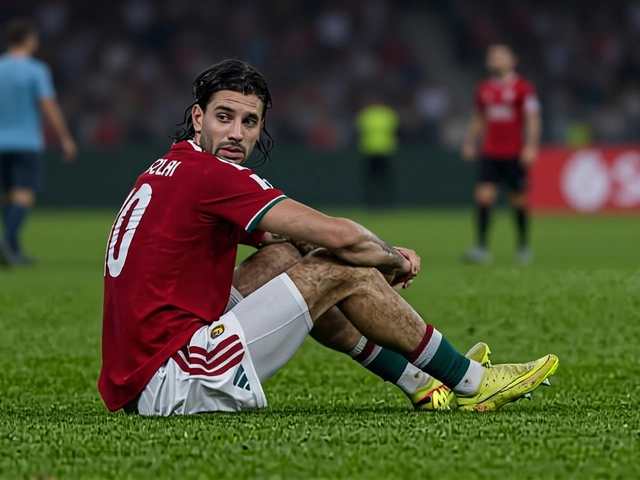The 2026 FIFA World Cup is set to kick off across Canada, Mexico, and the United States with a record 48 teams — but behind the excitement lies a sobering reality: dozens of nations won’t be there, some by choice, others by force, and many by the brutal math of qualification. 2026 FIFA World Cup qualifying has ended, and the list of excluded teams tells a story not just of football, but of politics, bureaucracy, and the unforgiving nature of global sport.
Who’s Out — And Why
Nine teams from the Oceania Football Confederation were definitively eliminated: American Samoa, Cook Islands, Fiji, Papua New Guinea, Samoa, Solomon Islands, Tahiti, Tonga, and Vanuatu. None had a realistic shot at the intercontinental playoff — and New Zealand, the lone OFC representative to advance, barely made it through. The rest? They never even got close.
Then there’s Russia. Suspended since February 28, 2022, after its invasion of Ukraine, the nation was formally barred from the 2026 qualifiers by UEFA in a circular dated November 11, 2024. No matches. No appeals. No exceptions. The 192 group-stage games played without them — a quiet but definitive erasure from the world’s biggest sporting event.
Eritrea made a different kind of exit. On November 10, 2023, the nation withdrew before playing a single qualifier, citing fears that players would defect and seek political asylum abroad. It wasn’t a failure — it was a choice. A heartbreaking one, for a country with little football infrastructure but deep political tensions.
The Suspensions and the Reversals
The Confederation of African Football (CAF) suspended Congo on February 6, 2025, after government officials interfered with the national football federation’s operations — a violation of FIFA’s strict rules on political neutrality. Their matches were canceled. Points were voided. Then, in a twist, FIFA lifted the suspension on May 14, 2025 — but not before awarding 3–0 forfeit wins to Tanzania and Zambia for games Congo had already missed. The team was reinstated, but the damage was done.
Sri Lanka faced a similar limbo. Suspended in January 2023 for an unspecified reason, they vanished from the AFC’s July 2023 draw. But after internal reforms and a promise to hold elections at least ten days before qualifying began, they were quietly re-added. Their path to qualification remains a long shot — but at least they’re still in the game.
Who Made It — And Who Didn’t
Europe’s 12 qualifiers — Austria, Belgium, Croatia, England, France, Germany, Netherlands, Norway, Scotland, Spain, Switzerland, and Portugal — left behind giants. Italy, four-time champions, didn’t qualify. Neither did Sweden or Ukraine, whose national team has been playing under wartime conditions since 2022. Their absence isn’t just a loss for fans — it’s a blow to the tournament’s soul.
In Asia, eight teams qualified: Australia, Iran, Japan, Jordan, Qatar, South Korea, Tunisia, and Uzbekistan. That means Saudi Arabia, a consistent qualifier since 1994, missed out. A shock. A surprise. A sign that Asia’s football hierarchy is shifting.
Africa’s nine qualifiers — Algeria, Cape Verde, Egypt, Ghana, Ivory Coast, Morocco, Senegal, South Africa, and Tunisia — left behind powerhouses like Nigeria and Cameroon. The continent’s depth is growing, but so is the competition.
CONCACAF’s three qualifiers — Haiti, Curaçao, and Panama — were the last to clinch spots on the final matchday. Dozens of others, including traditional rivals like Costa Rica and Honduras, watched from the sidelines.

What This Means for the Tournament
The 2026 World Cup isn’t just bigger — it’s more unpredictable. With 48 teams, the group stage will feel more like a lottery than a test of elite football. But the absence of traditional powers changes the narrative. Italy’s absence? It’s a cultural wound. Ukraine’s? A political one. Russia’s? A moral one.
And yet, the new entrants — Cape Verde, Haiti, Curaçao — bring energy, passion, and stories that global audiences rarely see. Their presence isn’t just about representation. It’s about reminding the world that football isn’t just about history — it’s about hope.
What’s Next
The final intercontinental playoff matches — scheduled for June 2026 — will determine the last two teams. Iraq remains in contention, alongside teams from Asia, Africa, and South America. Whoever makes it will be the ultimate underdog.
The draw for the group stage, expected in late 2025, will be the real drama. Will the U.S. get a tough group? Will Mexico face Brazil? Will Italy’s fans be watching from home?

Behind the Numbers
- 48 teams total — up from 32 in 2022
- 16 slots for UEFA — highest allocation
- 9 for CAF, 8 for AFC, 6 for CONCACAF, 1 for OFC
- 9 Oceania teams eliminated
- 192 UEFA matches played without Russia
- 10 teams suspended or withdrawn since 2023
Frequently Asked Questions
Why was Russia banned from the 2026 World Cup?
Russia was suspended by FIFA and UEFA in February 2022 following its invasion of Ukraine. The ban, confirmed in November 2024, barred the national team from all international competitions, including World Cup qualifying. No appeals were allowed, and all their scheduled matches were forfeited.
Which major football nations failed to qualify for the 2026 World Cup?
Traditional powerhouses like Italy, Sweden, Ukraine, and Saudi Arabia missed out despite strong histories. Italy, a four-time champion, failed to advance from its European qualifying group. Ukraine, playing under wartime conditions, couldn’t overcome tougher rivals. Saudi Arabia, a consistent qualifier since 1994, finished third in its AFC group.
Why did Eritrea withdraw from World Cup qualifying?
Eritrea withdrew in November 2023 out of fear that players would seek political asylum if allowed to travel abroad. The country has a history of strict government control and limited freedom of movement. Their withdrawal was voluntary but heartbreaking — a rare case where politics overruled sport.
How did Congo’s suspension affect their qualification chances?
Congo was suspended by CAF in February 2025 due to government interference in its football federation. Their matches were canceled and forfeited, costing them points. Although FIFA lifted the suspension in May 2025, Tanzania and Zambia were awarded 3–0 wins, effectively eliminating Congo from contention despite their reinstatement.
Why does Oceania have only one direct playoff spot?
Oceania’s single playoff spot reflects its limited competitive depth. With 11 member nations, most lack the infrastructure or talent to compete globally. New Zealand, the strongest team, is the only one with a realistic chance. The rest — including American Samoa and Tonga — are often outclassed by 10-goal margins.
Who are the dark horses in the 2026 World Cup?
Cape Verde, Haiti, and Curaçao are the biggest surprises. All are first-time qualifiers or returning after decades. Cape Verde’s squad features players from European leagues. Haiti’s team is fueled by diaspora talent. Curaçao, once a Dutch colony, has developed a strong youth system. None are favorites — but in a 48-team tournament, that’s often an advantage.








Write a comment